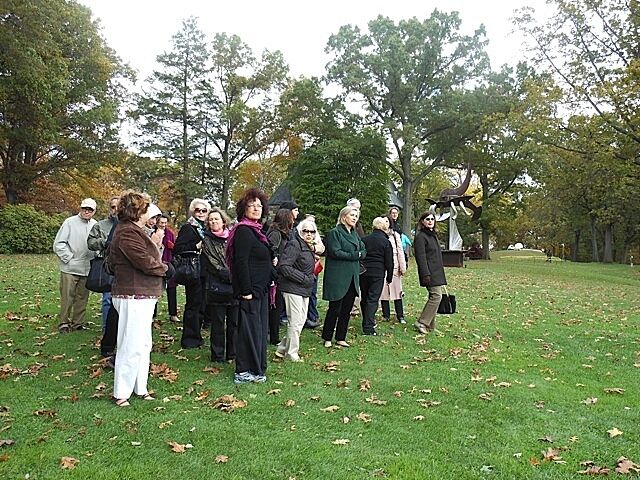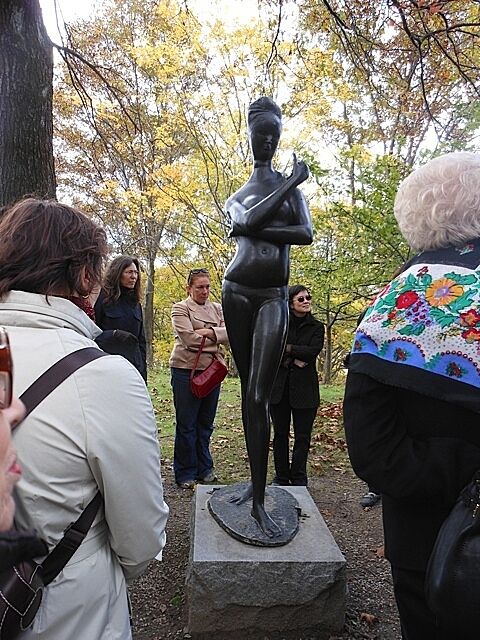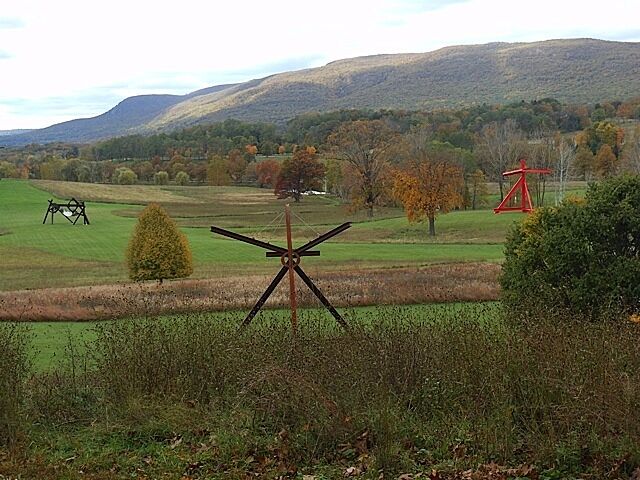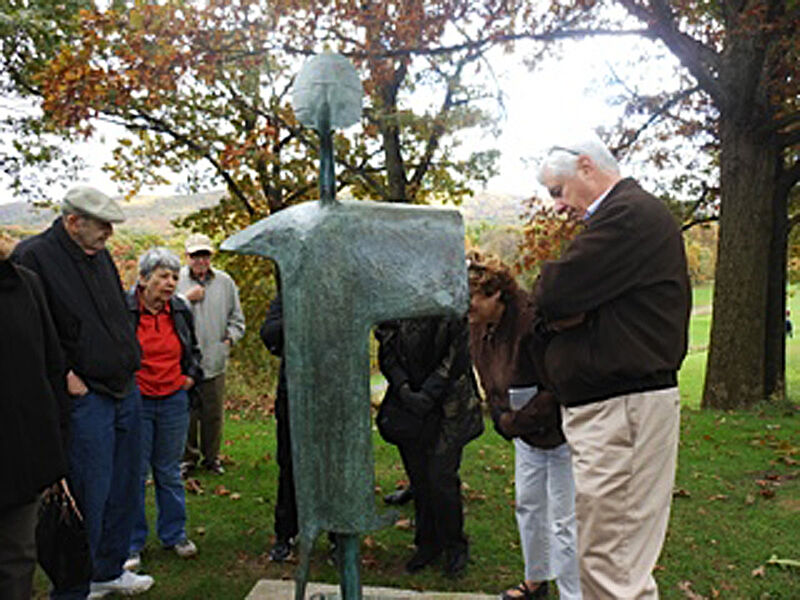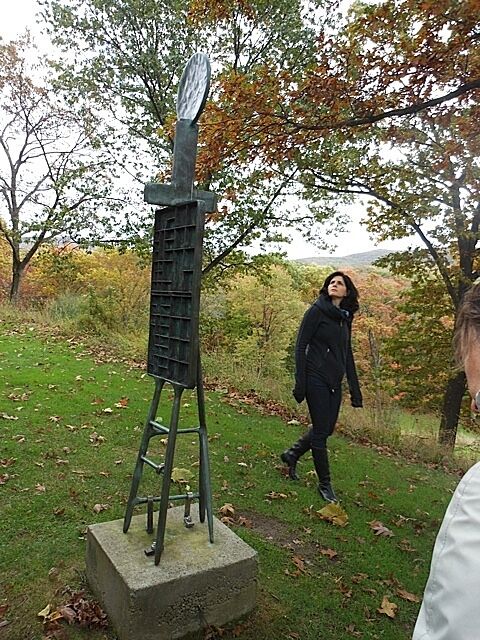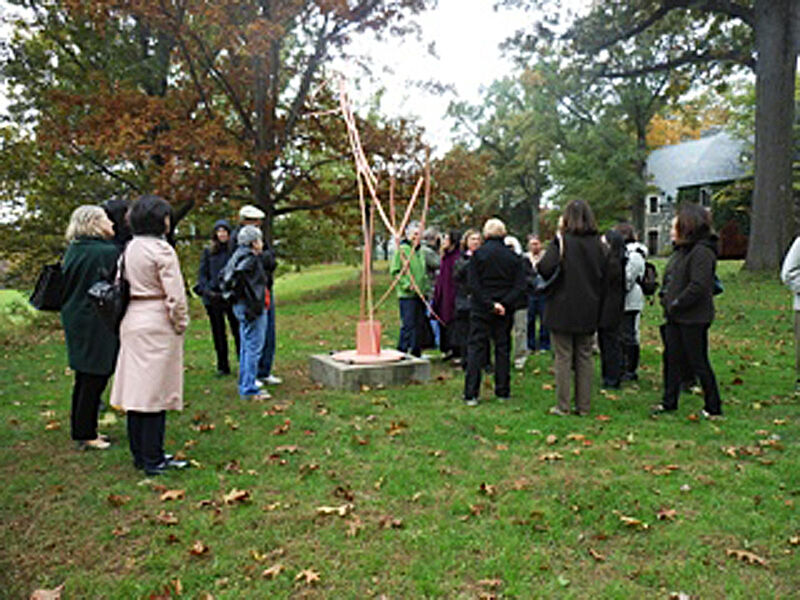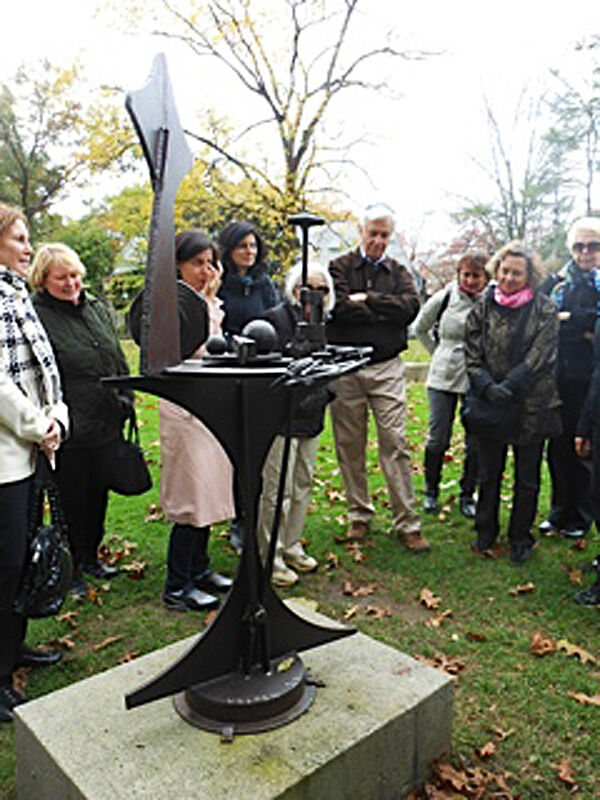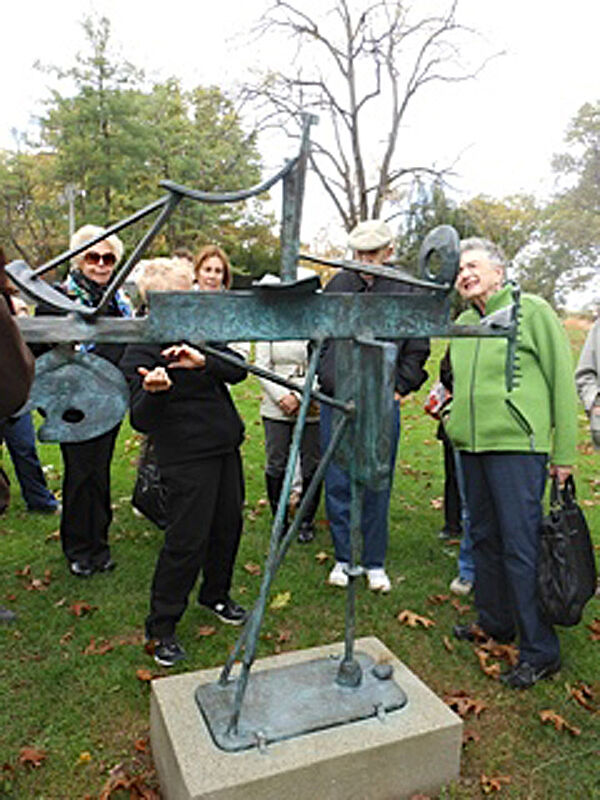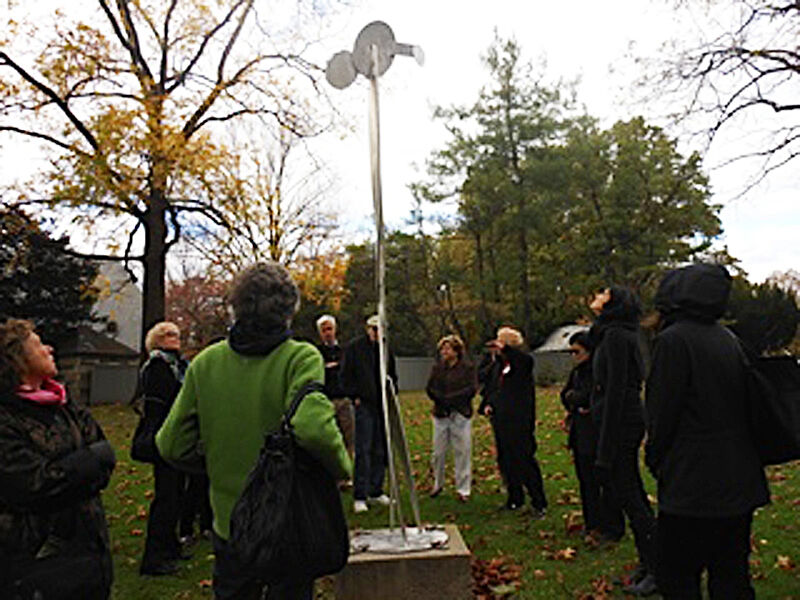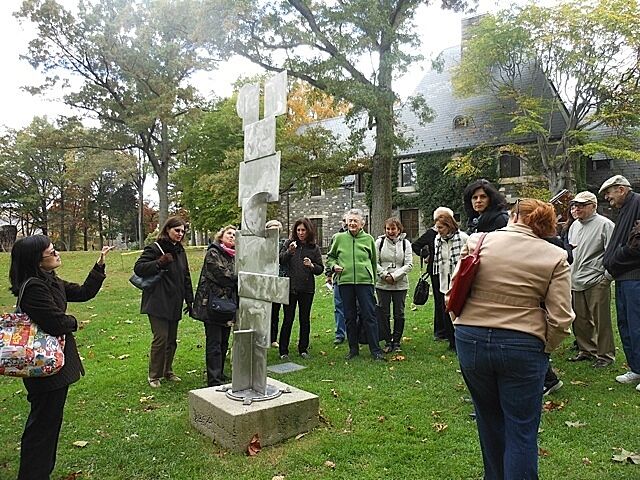Whitney Docents Visit Storm King Art Center
Nov 15, 2011
Inspired by the works in the exhibition David Smith: Cubes and Anarchy, now on view at the Museum, the Whitney docents decided to take a trip to see some Smith sculptures in another light—literally! About an hour and a half north of the city at the Storm King Art Center in Mountainville, NY, we had the opportunity to see Smith’s sculptures in the outdoor landscape setting that the artist cherished. Even with Storm King’s prized Cubi XXI (1964) presently on loan to the Whitney for the show, the works on view provided another perspective on thinking about Smith’s range of work.
Seeing Smith’s sculpture in the context of the work of other sculptors also gave us new insight into his position in twentieth- century art. Even some of Smith’s most abstract works have an echo of traditional bronze figures like Emilio Greco’s Large Bather No.1 (1956) and artists that followed Smith took up different directions in his work. For example, Mark Di Suvero’s bold gestures and forms commanding the space around them and Richard Serra’s use of undisguised industrial materials incorporated into the landscape in his Schunnemunk Fork (1990-91).
Smith’s attachment to fundamental geometry highlighted in the Whitney show—primarily rectangles, circles and squares arranged and rearranged into different forms and figures—is evident even in the more referential pieces often called his "drawings in space" that were cast in bronze or made in sterling silver or steel. These sculptures are known for their gestural use of linear swoops, swings, arcs and squiggles, whether they suggest literal figures and landscapes or just stand as the idea of gesture itself. That same commitment to geometry emerges as well in Smith’s three dimensional "collages" of scrap industrial materials assembled into still lifes or figures or foregrounding abstract relationships.
Inside the visitor center, a series of drawings by Smith's former wife, Dorothy Dehner, depict his work in the fields of rural Bolton Landing, New York where he lived and worked for most of his career. The adjacent room houses more delicate Smith sculptures and tells the story of Storm King's acquisition of his works, making him a central artist in their collection. Although it was a bit too chilly for a leisurely stroll and a picnic, the tram provided a great tour before getting us back in time for lunch. Treating ourselves to a docent tour, the field trip also gave us the opportunity to immerse ourselves in the rolling hills of a beautiful sculpture park with surprise vistas at every turn.
By Ellen Tepfer, Coordinator of the Docent and Joan Tisch Teaching Fellows Programs

